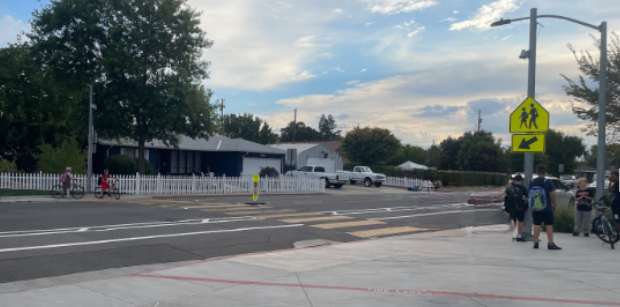Daylight Saving Time (DST) is the practice of adjusting clocks to make better use of the longer daylight hours during the summer, so that darkness falls later in the day. Typically, DST involves setting clocks forward by one hour in spring (or late winter) and setting them back by one hour in autumn to return to standard time. DST is not generally observed near the Equator, where sunrise and sunset times remain relatively consistent throughout the year. Conversely, it is often not used in regions with high latitudes, where the wide variations in daylight hours make a one-hour shift less beneficial. As a result, only about 34 percent of the world’s countries observe DST.
Historically, several ancient civilizations made seasonal adjustments to their timekeeping to better align with daylight hours. For example, Roman timekeeping included modifications to water clocks to account for changes in daylight. However, these adjustments involved dividing the day differently, not advancing the entire clock. In a satirical letter to the Journal de Paris in 1784, Benjamin Franklin suggested that Parisians could economize on candles and oil by waking up earlier during the summer months, though he did not propose changing the clocks. He is often credited with introducing the idea of using more daylight in the evenings to save energy. The practice of moving clocks forward to extend daylight hours during warmer months was formally adopted during World War I as a global effort to conserve energy.
The first implementation of DST occurred in Port Arthur, Ontario, Canada, in 1908, but it was a local measure, not a national one. The first nationwide implementations were by the German and Austro-Hungarian Empires, both of which began observing DST on April 30, 1916. Since then, many countries have adopted DST, particularly after the energy crises of the 1970s. In the United States, the Standard Time Act of 1918 established DST, and the Uniform Time Act was signed into law by President Lyndon B. Johnson in 1966. According to historian David Prerau, the law allows states to opt out of DST if they choose, but if they do observe it, the practice must be statewide.
Starting on Sunday, November 3, American clocks will “fall back” an hour at 2 a.m., resulting in an extra hour of sleep. Only two U.S. states—Arizona and Hawaii—do not observe DST, choosing not to adjust their clocks each year. Under the Uniform Time Act, states can exempt themselves from observing DST if they wish.
With many countries, states, and individuals reconsidering or even abandoning the practice, the future of Daylight Saving Time is uncertain. Should we continue to “spring forward” and “fall back,” or is it time to retire the clock-changing tradition once and for all?




































